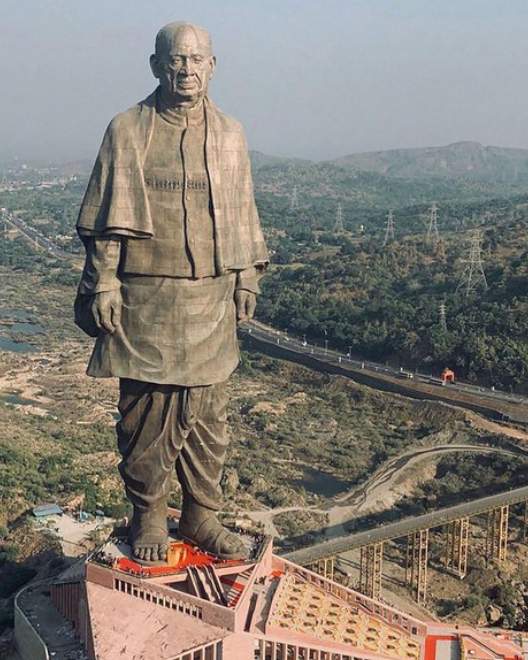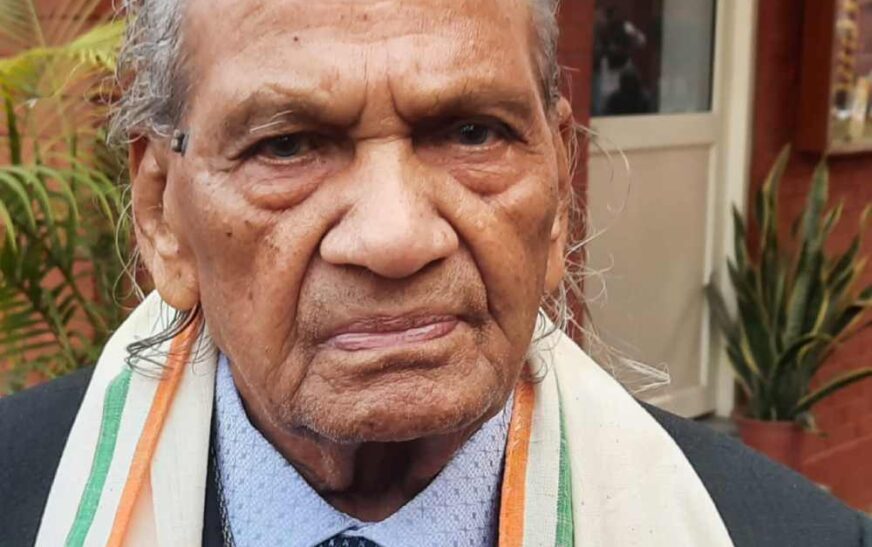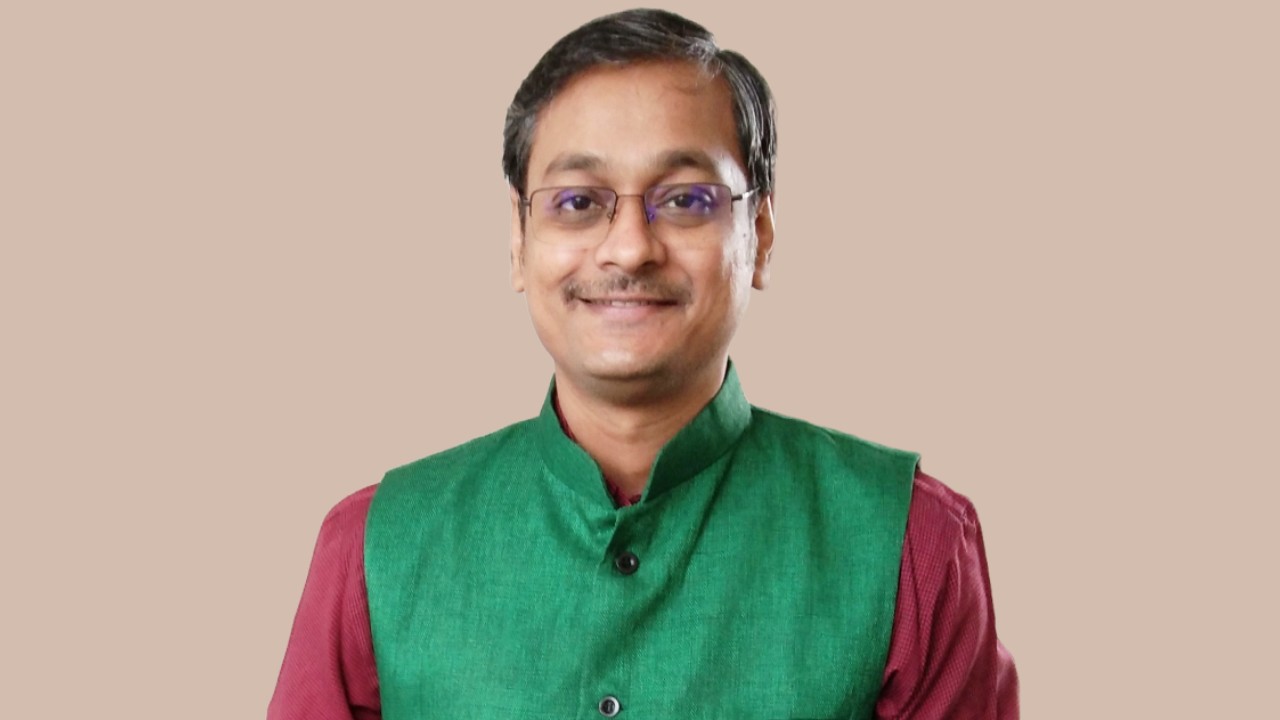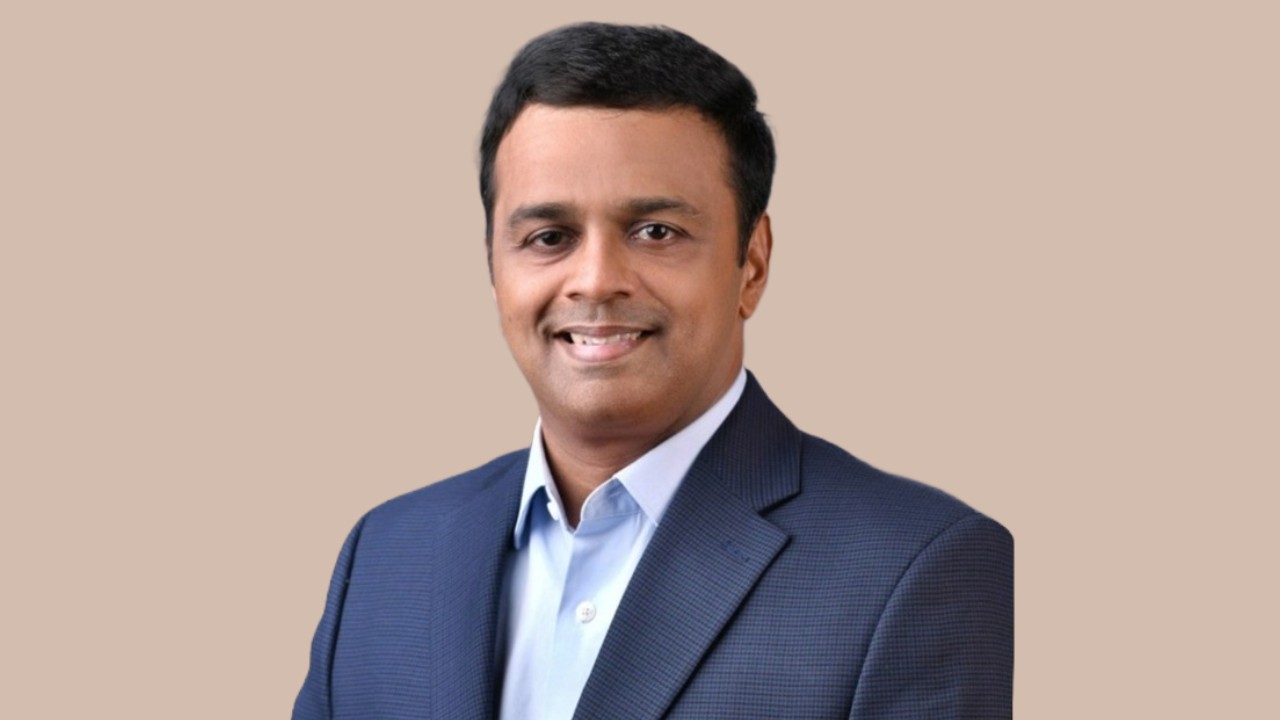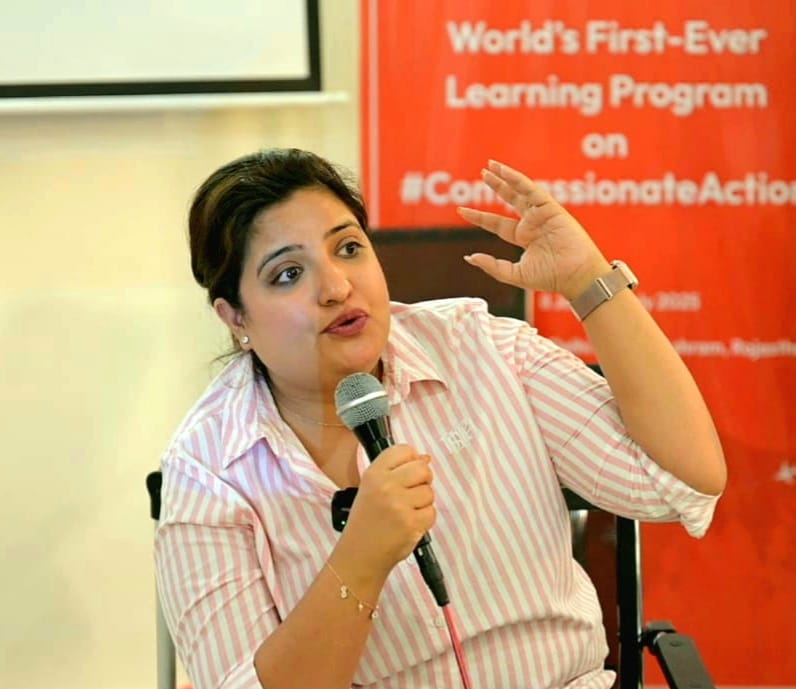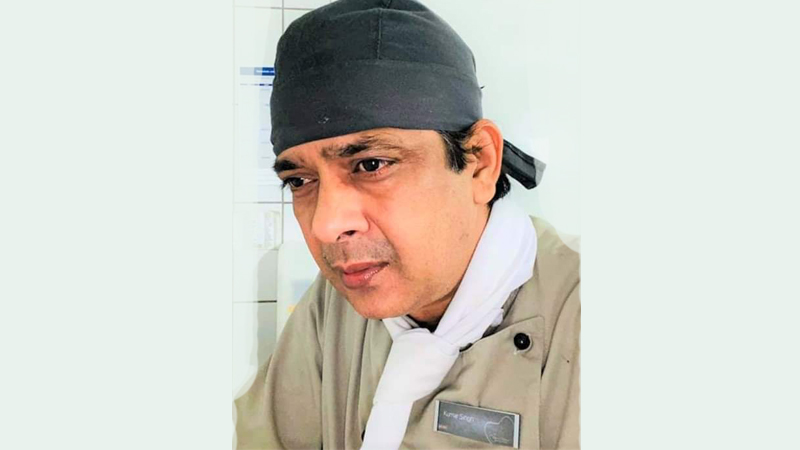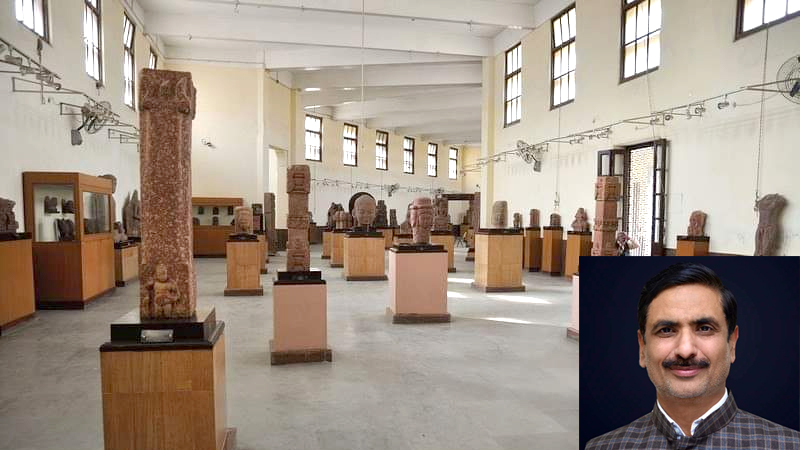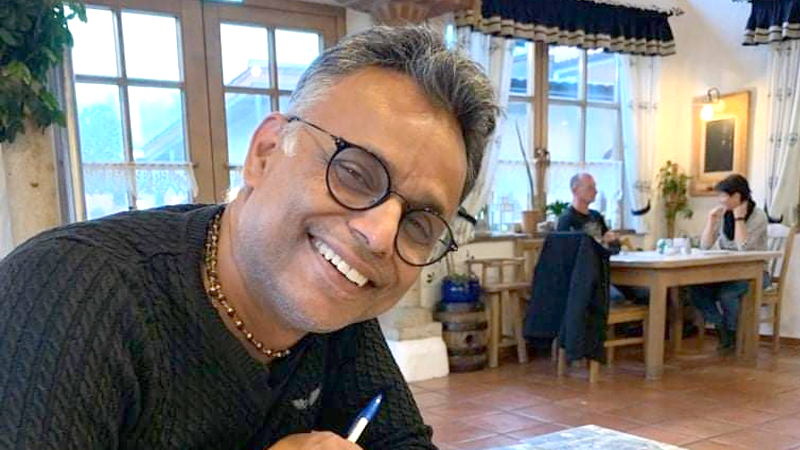Ram Vanji Sutar, a legendary Indian sculptor, has carved his name into history with monumental creations that exemplify artistic brilliance. His journey from modest beginnings to becoming one of India’s most celebrated sculptors reflects unwavering dedication, boundless creativity, and an extraordinary vision. Trained at the prestigious Sir J.J. School of Art in Mumbai, he excelled in fine arts and sculptures, earning a gold medal in 1952. Early in his career, he contributed to the meticulous restoration of the Ajanta and Ellora caves, where he refined his craft and developed a profound understanding of India’s artistic heritage.
Renowned for capturing lifelike details and evocative expressions, Sutar has created over 8,000 sculptures, spanning from detailed busts to towering statues. Among his most iconic works is the Statue of Unity, a 182-meter tribute to Sardar Vallabhbhai Patel. As the world’s tallest statue, it symbolizes strength and unity on a global scale. His other notable creations include Mahatma Gandhi statues installed worldwide, embodying peace and non-violence. One of the major statues of Gandhi Ji in meditative pose sculptured by him has been installed in the Parliament. Deeply rooted in Indian culture, Sutar’s art often explores themes of nationalism, spirituality, and harmony. His sculptures are also marked by intricate detailing, perfect proportions, and an unmatched ability to stir emotions.
For his remarkable contributions to Indian art, Sutar has received numerous prestigious honours, including the Padma Shri (1999) and Padma Bhushan (2016). Even at nearly a century old, he remains a beacon of artistic excellence, with his works serving as enduring testaments to India’s rich heritage and indomitable spirit.
In an exclusive conversation with The Interview World during the inauguration of the Gandhi Darshan Art Gallery, Sutar shared profound insights. The event, graced by Om Birla, Speaker of the Parliament, marked a significant moment in promoting art, culture, and Gandhian values. Sutar reflected on the gallery’s pivotal role, emphasized the enduring relevance of Gandhian ideologies, and discussed the monumental significance of the Statue of Unity. He also elaborated on the philosophies of Dr. B.R. Ambedkar and Mahatma Gandhi, highlighting their timeless relevance in modern India. Here are the key takeaways from this illuminating conversation.
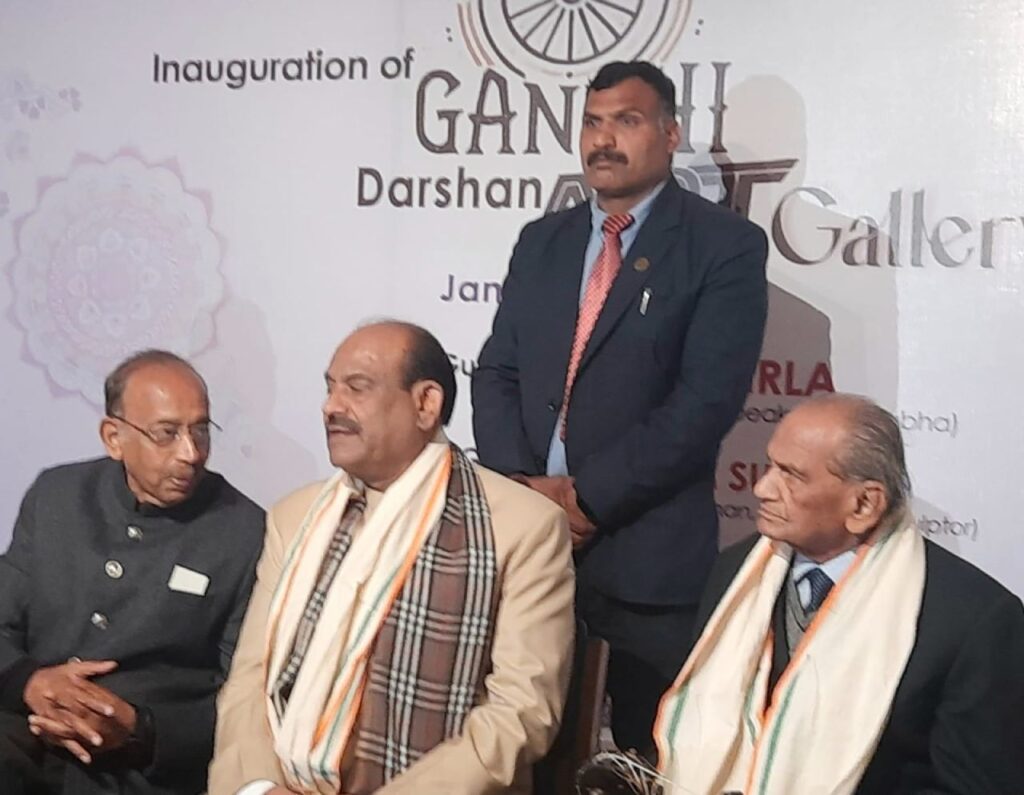
Q: How do you perceive the significance and role of Gandhi Darshan Art Gallery in promoting art, culture, and Gandhian values?
A: The Gandhi Darshan Art Gallery stands as a powerful tribute to Mahatma Gandhi’s enduring legacy. It serves as a dynamic centre for art and cultural expression grounded in Gandhian principles. The gallery nurtures creativity by offering artists a platform to explore themes of peace, nonviolence, and social harmony, all deeply aligned with Gandhi’s philosophy. Its exhibitions, events, and sculptures not only display diverse artistic talent but also spark meaningful conversations on contemporary societal issues through the lens of Gandhian thought.
Additionally, the gallery’s emphasis on community engagement effectively bridges the gap between tradition and modernity, ensuring Gandhi’s ideals resonate with today’s audience. By preserving cultural heritage while fostering artistic innovation, it fulfills its dual mission of honouring the past and shaping the future. In essence, the Gandhi Darshan Art Gallery is a beacon of inspiration, championing the timeless values of humanity, compassion, and creativity.
Q: Having created several statues of Gandhi Ji and expressed interest in installing some at the Gandhi Darshan Art Gallery, how do you perceive the world’s perspective on Gandhi Ji’s values in today’s context?
A: Mahatma Gandhi’s values—truth, nonviolence, simplicity, and universal harmony—remain strikingly relevant in today’s world. Amid rising polarization, conflict, and materialism, people worldwide are turning to his ideals for guidance. Furthermore, Gandhi’s philosophy deeply resonates within movements advocating for peace, environmental sustainability, and social justice. Sculptures reflecting truth and non-violence and statues of Gandhi, both in India and abroad, stand as enduring symbols of these timeless principles, sparking reflection and dialogue.
Installing statues at the Gandhi Darshan Art Gallery would amplify this message, creating a dedicated space for introspection and education. The gallery could also serve as a bridge between Gandhi’s teachings and today’s challenges, offering valuable insights into conflict resolution, compassion, and addressing social inequities. Gandhi’s vision of a harmonious, inclusive world continues to inspire individuals and communities, proving that his legacy transcends time and remains a beacon of hope for humanity.
Q: What inspired you to conceptualize and create the Statue of Unity, a monumental tribute to Sardar Vallabhbhai Patel and now the world’s tallest statue?
A: The Statue of Unity stands as a powerful tribute to Sardar Vallabhbhai Patel, the Iron Man of India, whose unmatched leadership unified the nation. This monumental structure embodies not only his legacy but also India’s strength and unity. Creating it was both a privilege and a formidable challenge, with the goal of honouring Patel’s invaluable contributions while establishing a global landmark that would inspire future generations.
Every aspect of the statue was meticulously designed to capture Patel’s dignity, determination, and the enduring spirit of his leadership. The scale of the project demanded cutting-edge engineering and groundbreaking collaboration, reflecting Patel’s approach to nation-building. More than just an architectural marvel, the Statue of Unity symbolizes national pride. Moreover, it serves as a constant reminder of the values of integrity, resilience, and collective progress—principles that Patel exemplified throughout his life.
Q: In your view, how do the ideologies of Dr. B.R. Ambedkar remain relevant in contemporary India?
A: Dr. B.R. Ambedkar’s ideologies remain deeply relevant in modern India, especially in the pursuit of social justice, equality, and constitutional governance. His steadfast call for the annihilation of caste continues to echo in today’s battles against discrimination and systemic inequalities. Ambedkar’s focus on education, economic empowerment, and dignity for marginalized communities still fuels policies aimed at inclusivity and affirmative action.
